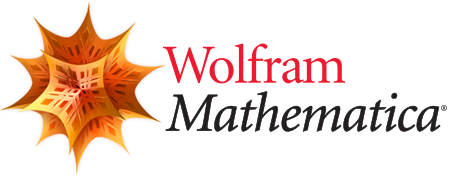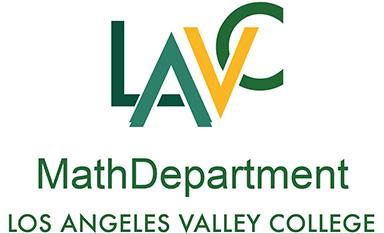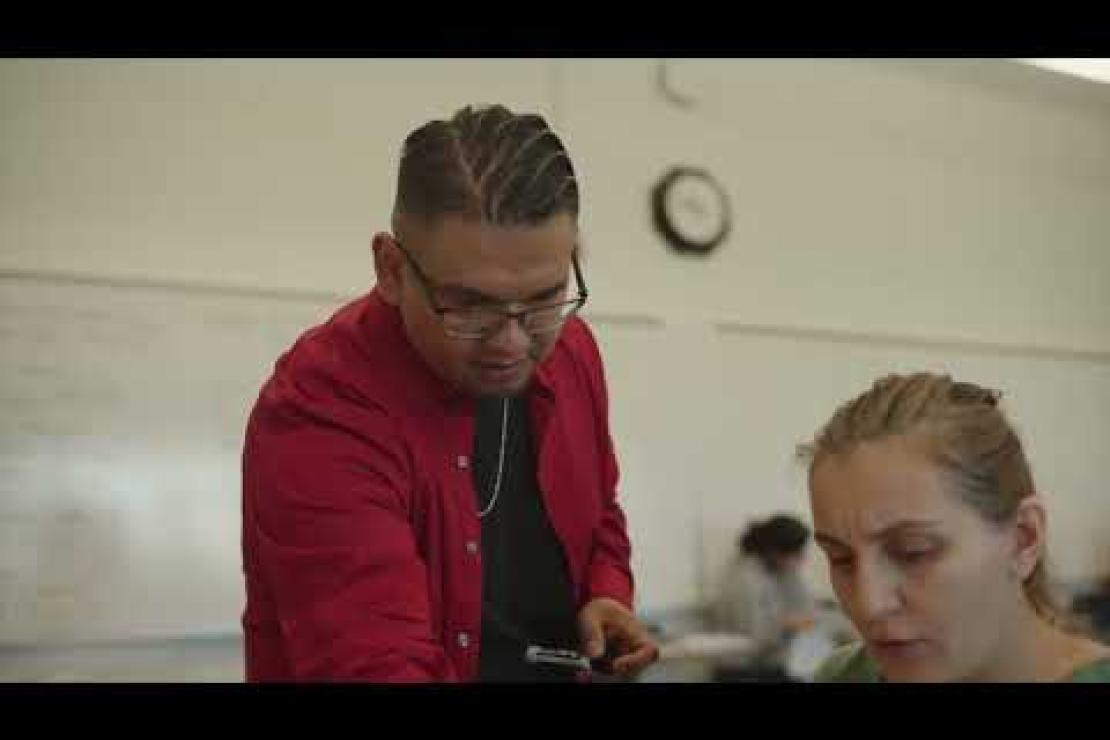Math
Mathematics
Degree
The Associate in Science in Math for transfer degree (AS-T) is designed to prepare students for transfer to 4-year institutions for further study which can lead to careers such as mathematician, statistician, educator, data analyst, actuary, and scientist. AS-T degrees are fully transferable to the CSU system.
Information and Resources
Clubs, Scholarships, Software and more!
Check back often for news on Math and STEM related events.
[content]
Learn about the different math scholarships here.
Your success in a college Math class depends on how you study. If you follow these these Math study tips, your grades are likely to improve.
- Study outside of class regularly.
- Work on your Math homework or study your Math every day.
- Study your Math at least two hours for each hour in the classroom. For example, a four unit class will require at least 8 hours of study per week.
- Read your textbooks.
- Get good at taking notes class.
- Make summary sheets.
- Make a list of important theorems.
- Make a list of important properties and formulas.
- Make a list of important vocabulary words.
- Make a list of the important course objectives for each unit in the course (usually a section or chapter of the textbook).
- Review these lists every day.
- Practice all problems until you have mastered the ability to solve and check them.
- Be aware of what topics you know well, which topics need more practice and which topics you don't know at all.
- Continually review: Review material from the beginning of the semester throughout the entire semester.
- Do your Math homework before homework in other subjects.
- You will be working when your mind is sharpest.
- If you get stuck on a problem, you can revisit it later.
- You have time to get help on problems that you have no idea about.
- Take study breaks.
- After a period of concentration, take a break for relaxation or to work on other subjects.
- Return to problems that you could not complete previously.
- Make use of campus resources.
- The Math Lab offers free Math tutoring (including online Math tutoring.)
- Get involved in STEM groups on campus like MESA.
-
If you have a learning or other type of disability, take advantage of services offered by LAVC's SSD office.
- Use your instructor's office hours.
- Study in the right environment.
- Quiet. You need to be able to think deeply to learn Mathematics. A noisey environment creates obstacles to your concentration and create distractions to focusing on the problems at hand.
- Well-supplied. Have plenty of scratch paper, graph paper, pencils and erasers handy. Colored pencils are also useful. A scientific calculator is also useful.
- Well-lit. Make sure there is good lighting while reading and studying.
- Study groups. If you are the type of person who learns well in a social environment, try joining or forming a study group.

How to Get Mathematica
Mathematica is currently installed in all general or public-access computer labs. Many departmental labs have Mathematica installed as well.
Students: installing on personally owned machines
Follow the directions below to download from the Wolfram User Portal.
-
- Create an account (New users only):
- Go to user.wolfram.com and click "Create Account"
- Fill out form using a @lavc.edu email, and click "Create Wolfram ID"
- Check your email and click the link to validate your Wolfram ID
- Request the download and key:
- Fill out this form to request an Activation Key
- Click the "Product Summary page" link to access your license
- Click "Get Downloads" and select "Download" next to your platform
- Run the installer on your machine, and enter Activation Key at prompt
- Create an account (New users only):
Mathematica Tutorials
The first two tutorials are excellent for new users, and can be assigned to students as homework to learn Mathematica outside of class time.
- Hands-on Start to Mathematica
Follow along in Mathematica as you watch this multi-part screencast that teaches you the basics—how to create your first notebook, calculations, visualizations, interactive examples, and more. - What's New in Mathematica 10
Provides examples to help you get started with new functionality in Mathematica 10, including machine learning, computational geometry, geographic computation, and device connectivity. - How To Topics
Access step-by-step instructions ranging from how to create animations to basic syntax information. - Learning Center
Search Wolfram's large collection of materials for example calculations or tutorials in your field of interest.
Faculty
Faculty Contact Information
Expand to see email and phone numbers.
| Name | Phone | |
|---|---|---|
| Baghumyan, Anzhela | baghum@lavc.edu | |
| Barakat, Mostapha (Steve)* *Department Chair |
||
| Caleodis, George | caleodgp@lavc.edu | |
| Castillo, Steve | castilsj@lavc.edu | |
| Hito, Mary | hitomm@lavc.edu | |
| Kawai, John, PhD | kawaijk@lavc.edu | |
| Littig, Adam | littigah@lavc.edu | |
| Pogosyan, Andy | pogosya@lavc.edu | |
| RayaMendoza, Humberto | rayameha@lavc.edu | |
| Sabol, Carol | sabolcm@lavc.edu | |
| Sarkissian, Scarlet | sarkissk@lavc.edu | |
| Shvetsov, Vitaly | ||
| Sokolovskiy, Yuriy | sokoloyl@lavc.edu | |
| Sutcliffe, Teresa, PhD | sutclitv@lavc.edu | |
| Trujillo, Ana | trujila@lavc.edu | |
| Vo, Susan | vosh@lavc.edu |
Faculty Profiles
Math Faculty Profiles
Coming soon
Coming soon
Coming soon
Coming soon
Coming soon
Coming soon
Coming soon
Learn About Mathematics





